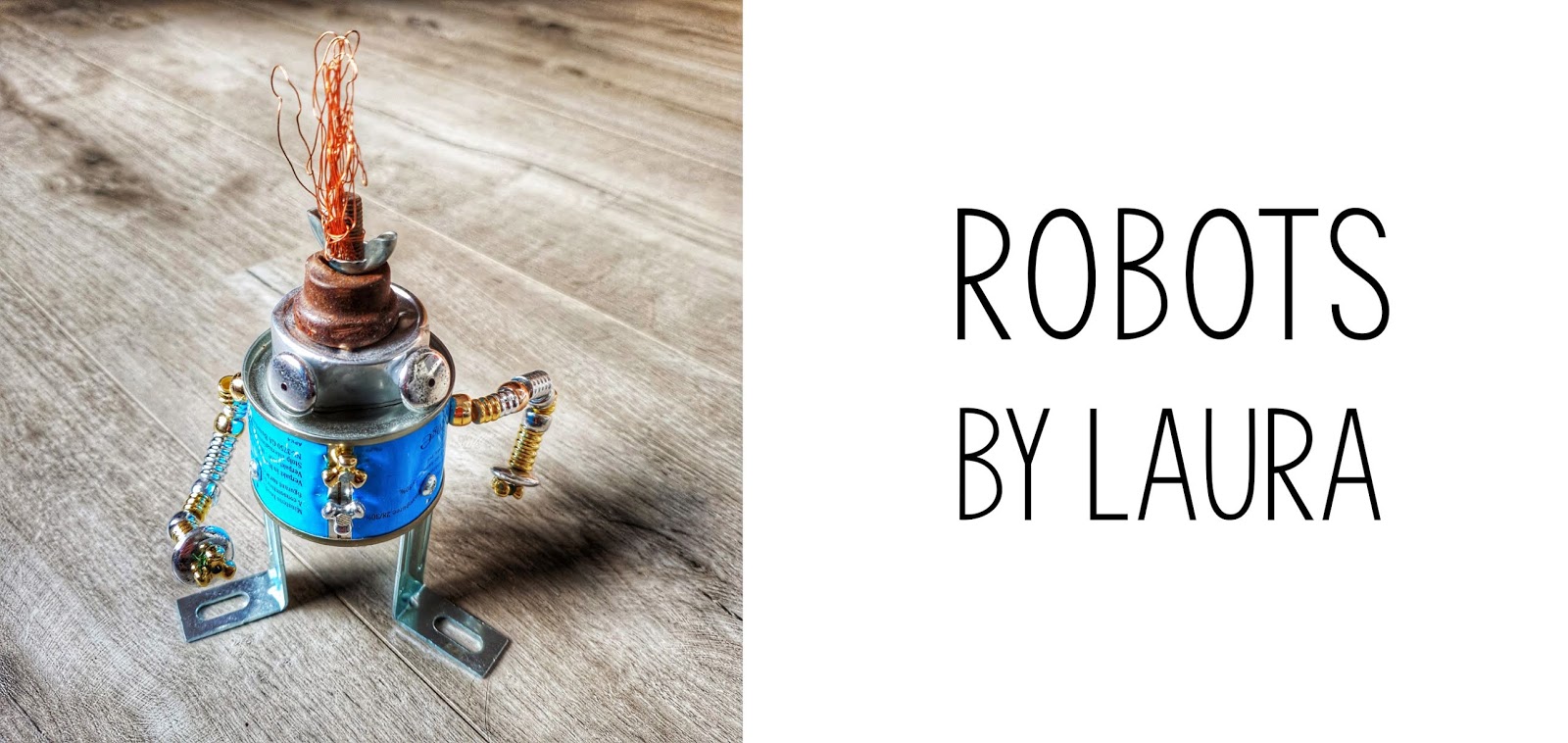Nature box
Why a NATURE BOX?
When my class showed great interest in nature and the forest, I started looking for different materials and approaches to challenge my class and bring reality into the classroom as much as possible.
What can you find in the box?
Instruments to explore:- Pincers
- Magnifying glasses
- Pots
- Stones
- Binoculars
- Leaves (laminated)
This list of tools gives you a whole range of exploring opportunities such as seeing the veins of leaves, feeling the texture of pine cones, twigs, snail shell and dried insects (dragonfly, beetle, cockchafer, spider, fly, moth). Furthermore clear determination guides give you insight in the different eating and living habits of these insects. The box also includes drawing paper so the toddlers can draw details of everything they see. Finally I also added some laminated cards which you can use as extra stimuli for tasks that require seeing, smelling, feeling or hearing. Next to these task cards, are a few more cards they could use to learn about
- Different birds
- Patterns of footsteps, with the picture of the animal on the other side
- Different leaves, with the names of the tree on the other
Which activities can be linked to the box?
Terrarium
The Terrarium contains a layer of soil out of a forest area. It contains the 3 typical layers. First the humus layer, followed by the layer that is partially processed by worms and other insects. On top of those layers is the unprocessed layer where one might still find full leaves, pieces of grass and twigs.
The clear glass of the terrarium allows your toddlers to see how worms burrow their way underground through the layers while eating the decomposing organics. At the same time, on the surface you can see lots of other critters living their live, eating and building their homes. Make sure to use the magnifying glass to see more details.
The clear glass of the terrarium allows your toddlers to see how worms burrow their way underground through the layers while eating the decomposing organics. At the same time, on the surface you can see lots of other critters living their live, eating and building their homes. Make sure to use the magnifying glass to see more details.
Clay Creation
A great part of learning is letting children create something they can show of with. Clay creation will allow them to work with their hands and create something that can help them remember the things they learn about nature. Clay creation consists of making impressions of things they find in nature on a clay tablet and then letting it harden.
For this activity it is advised that the children have worked with clay before. Go on a walk in the woods with your class and collect all different natural materials. Do try to get your kids to only take fallen plants. It might help to be prepared and take some materials in advance for those toddlers that you know, are toddlers. Finally look at all the materials that were found and name them.
With the different materials found in nature you will be making prints. Take a leaf, as an example and push it into the clay. After pushing for a few seconds, you can take the leaf off the clay again. Quickly make a small hole for stringing it up later and then let the clay dry. As soon as the clay is dry, your toddlers will have a fun little souvenir while being able to not only see the veins, but also feel them.
Foot prints
In the box are 4 cards: a bear, a bird, a fox and a squirrel. On the back you can find the footprint of every animal. A fun activity i once did after playing with the box for a while, was printing all four footprints a couple of times and placing them as trails in the classroom (without the animal on the front). When the toddlers came back into the classroom they were full of wonder about who had been in the class and what were they? They could then use the box to start figuring out which print belonged to which animal.
How was my experience?
My toddlers really had a blast discovering nature with this box. I planned to have it in my classroom for about a week, but in the end it was well over 2 weeks that the kids continue to play and explore with it.
Should you ever need some help with building your toddlers a Nature box, feel free to contact me for any advice tips and your own experiences.




Comments
Post a Comment